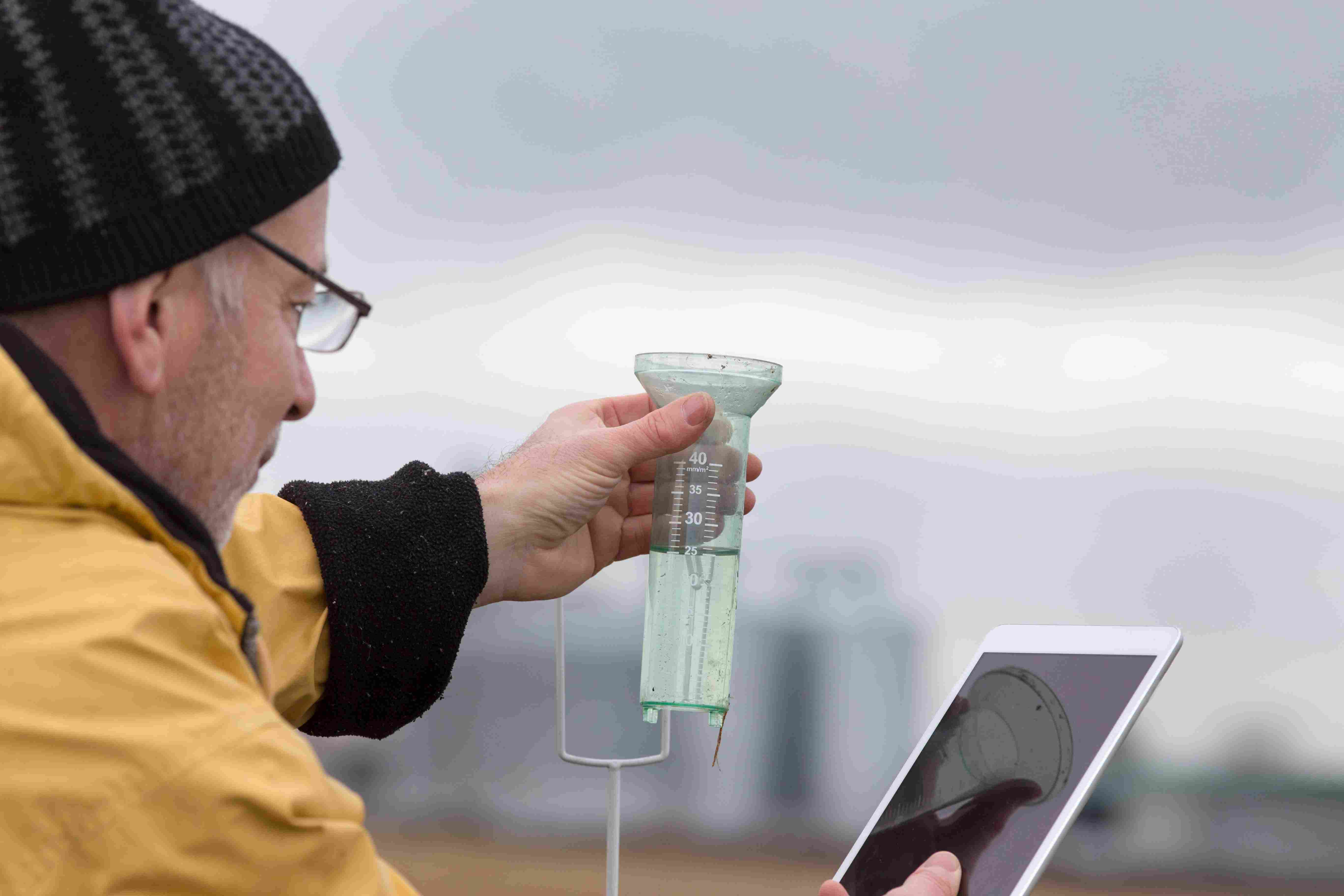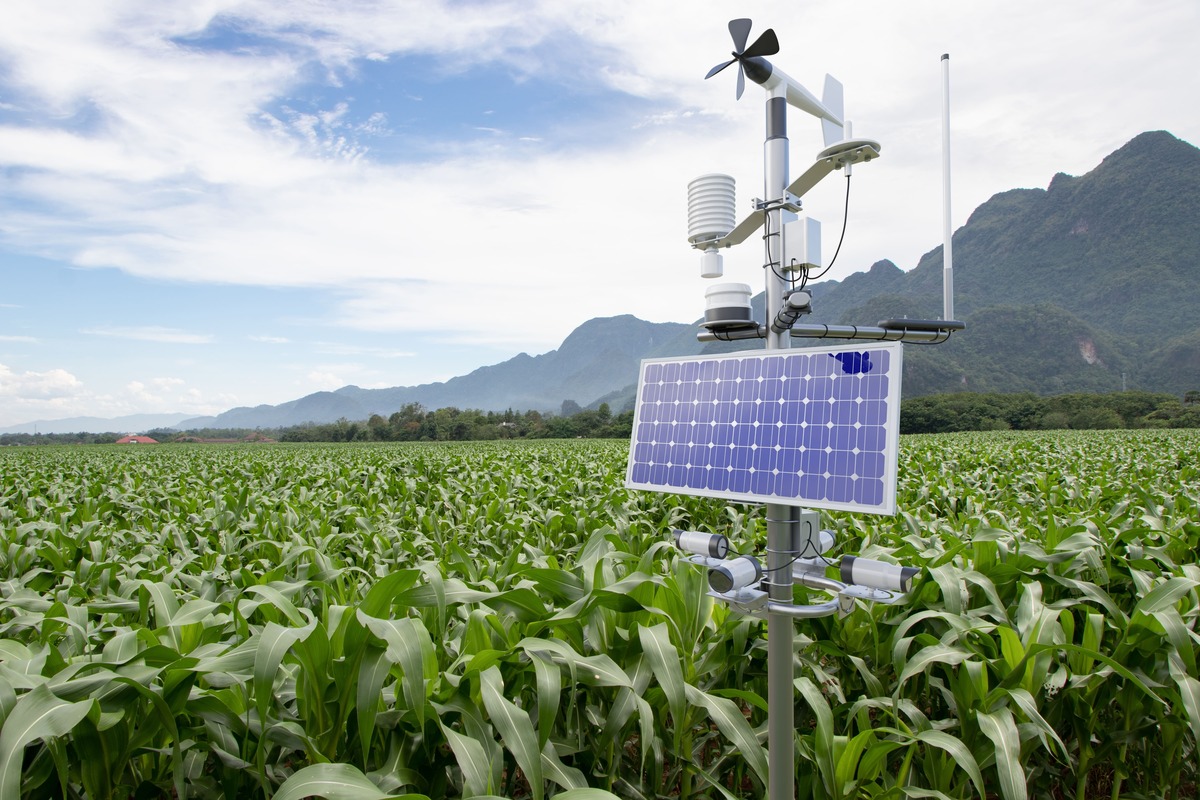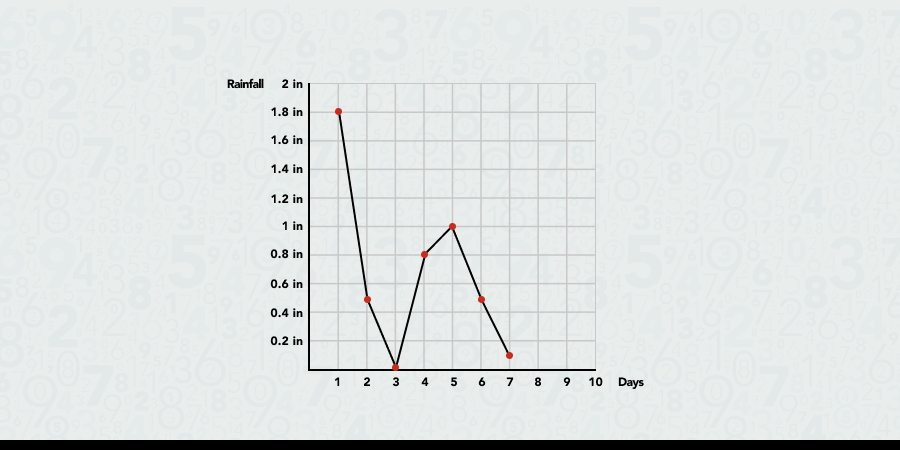SAT® vs. ACT® – Everything You Need to Know in One Easy-to-Follow Guide
Not sure which test to take? Compare SAT® and ACT® test sections, durations, and scoring, and find tips on how to choose the best option for you.

You're watching the weather forecast and the presenter says that we're expecting 0.6 inches of rain today.
But what does 0.6 inches of rain mean?
And how can they measure rainfall so precisely?
As it turns out, anyone can measure rainfall with the right tools and by following a few simple steps.
Read on to find out how to measure rainfall, including tools to use, the math behind it, and a simple guide to setting up your own rain gauge at home.
Find Top-Rated Math Tutors Near You
From preventing or mitigating floods to protecting our crops, measuring rainfall can help keep lives and livelihoods safe.
We use units like inches or millimeters to quantify how much rain has fallen over a certain time period, usually in a day (24h), a week, month, or season.
These units tell us how high the water would rise if it stayed on a flat surface without soaking in or running off to a nearby river, lake, or sea.
So, when we say we’re expecting 0.6 inches of rainfall today, that means that the amount of rain that would fall within the next 24h could rise to 0.6 inches if it stayed on surface.
Some of you may ask:
Why do we use units of length (inches and millimeters) instead of units of volume (pints or liters) to measure rainfall?
The reason is simple:
Measuring the height (or depth) of accumulated rain is easier than determining the volume. Once you know the height, you can calculate the volume of rain that has fallen over a certain area.
Experts use special tools to measure rainfall accurately. Here are some of them:
A rain gauge is a simple instrument that col lects rain in a graduated cylinder, which has markings to show the amount of rainfall.

The standard rain gauge meteorologists use is a cylinder of 8-inch (about 203 mm) in diameter.
There are different types of rain gauges:
Automated weather stations have rain gauges and other tools to measure temperature, humidity, wind speed, and more.
They use advanced tools and technology to collect data all the time, interpret it, and send it to meteorologists.

Weather stations use advanced tools to collect, interpret, and even predict rainfall and other data.
Weather radar uses radio waves to find rain. It sends out waves that bounce off raindrops and come back.
By checking how strong the waves are and where they come from, radar can tell how much it's raining and where.
Satellites in space have special sensors that look at clouds and rain from above. They help scientists see how much rain is falling and where, all over the world.
You don't need fancy equipment to measure rainfall.
You can create your own rainfall gauge to measure and calculate rainfall at your own home.
Here's a fun DIY project to get you started!
To create your own rain gauge, you need:

You can turn a simple glass jar into a rain gauge.
Steps:
To make a chart, mark the days of the week along the bottom line (x-axis) and inches of rain along the vertical line (y-axis). Place a dot where each day's rainfall measurement intersects on the chart. Use a ruler to connect the dots and see how rainfall varies throughout the week.

When you collect the measurements for multiple days, usually a week or a month, you can calculate the average rainfall for that period.
Just add up all the measurements you've recorded and divide the total by how many days you measured the rainfall.
Great job!
You've measured rainfall like a real meteorologist. With simple tools and steps, you've learned to track rainfall and understand your local weather.
Believe it or not, we use 3rd grade math to calculate rainfall.
As we’ve seen in the earlier example, we measure rainfall by reading the water levels our rain gauge collects each day and we calculate the average rainfall for a specific period.
What do we need to calculate average rainfall?
And there you have it! You have successfully determined the average rainfall.
Let’s try with an example.
Imagine we have a rain gauge in our backyard, and we’ve read the rainfall levels it collected each day at the same time. The measurements are:

Now we want to calculate the average rainfall for the week.
First, we add up all the measurements we’ve gathered:
2 + 0.5 + 0 + 0.8 + 1 + 0.5 + 0.1 = 4.9 inches
Then, we divide the sum of measurements with the number of days:
4.9 ÷ 7 = 0.7
There we have it!
The average rainfall for the week was 0.7 inches.
Calculating rainfall volume gives us a more precise measure of how much water has fallen over a specific area.
Unlike for rainfall levels, we use gallons or liters to express rainfall volume.
How do we calculate it?
By using the simple formula for volume: the area of the base x height of the figure.
In our case, the base can be our yard, while the height is the average level of rainfall we calculated using our rain gauge.
So, to calculate the amount of rainfall, we:
Here’s what the calculation would look like:
We will use our previous example where the average rainfall was 0.7 inches in one week.
To determine the average amount of rain that’s fallen over our yard in one week, for example, we will multiply the average rainfall with the area of our yard.
Let’s say our yard is a perfect square measuring 4,000 sq. ft., or 576,000 sq. In.
To get the volume, we will multiply the average rainfall level with the area of our yard:
0.7 in × 576,000 in2 = 403,200,000 in3
This means that over the past week, 403,200,000 cubic inches (1,745,454 gallons) of rain fell over a yard.
Learn and Master Math with a Top-Rated Tutor Near You
Whether you are looking to catch up in your math class or would like to explore fun math challenges outside the classroom, learn and master math at Mathnasium.
Mathnasium’s specially trained tutors work with students of all skill levels to help them understand and excel in any K-12 math class and topic.
Our tutors assess each student’s current skills and considers their unique academic goals to create personalized learning plans that will put them on the best path towards math mastery.
Whether you are looking to catch up, keep up, or get ahead in your math class, find a Mathnasium Learning Center near you, schedule an assessment, and enroll today!


Mathnasium meets your child where they are and helps them with the customized program they need, for any level of mathematics.
